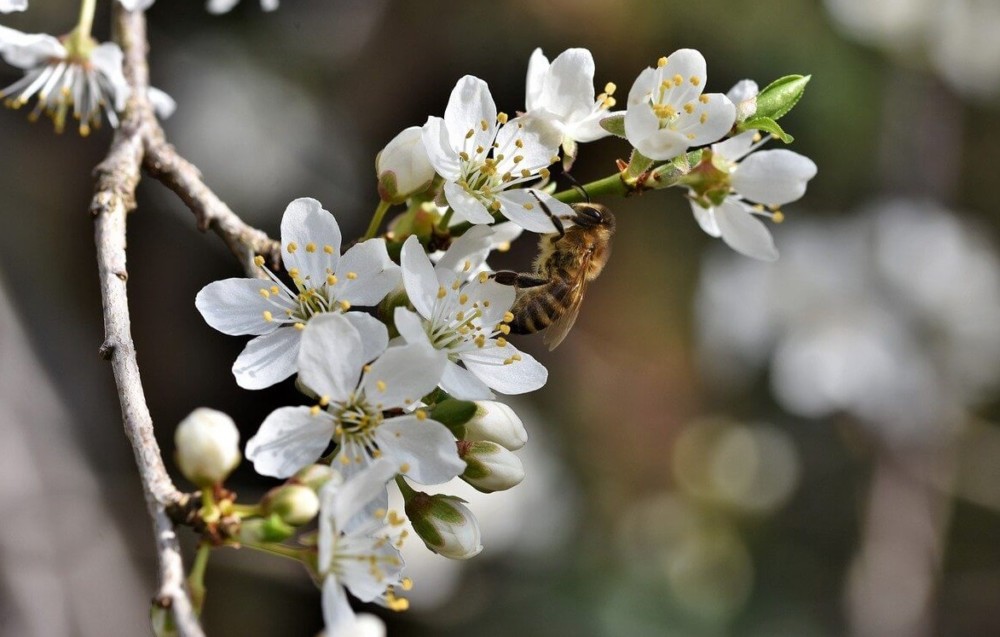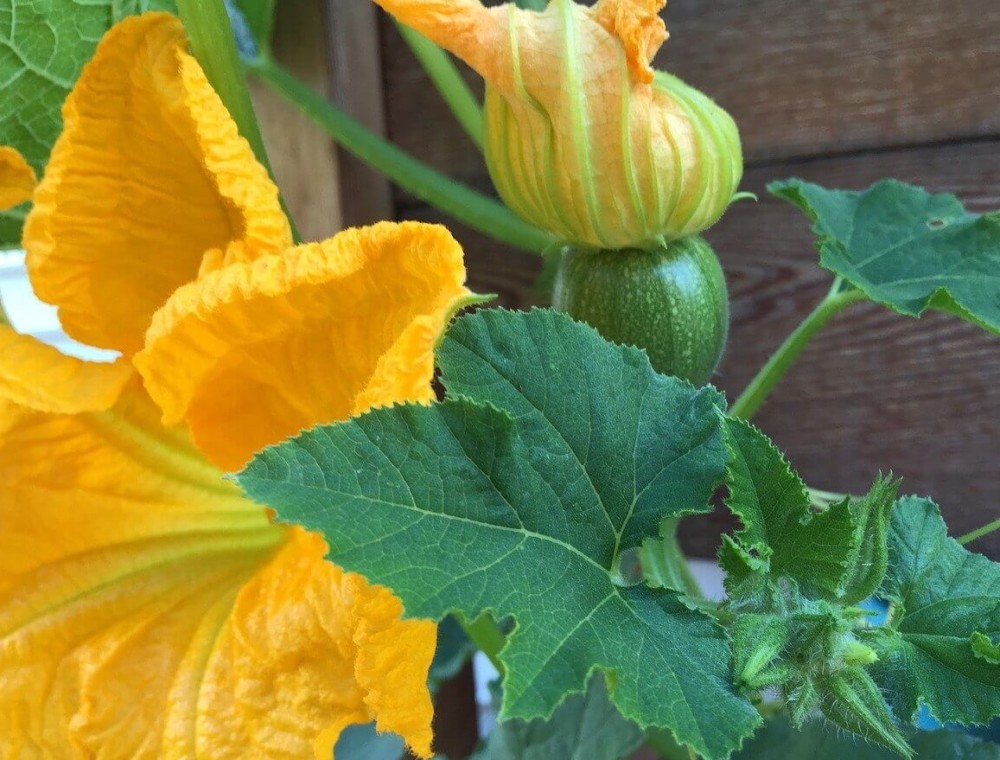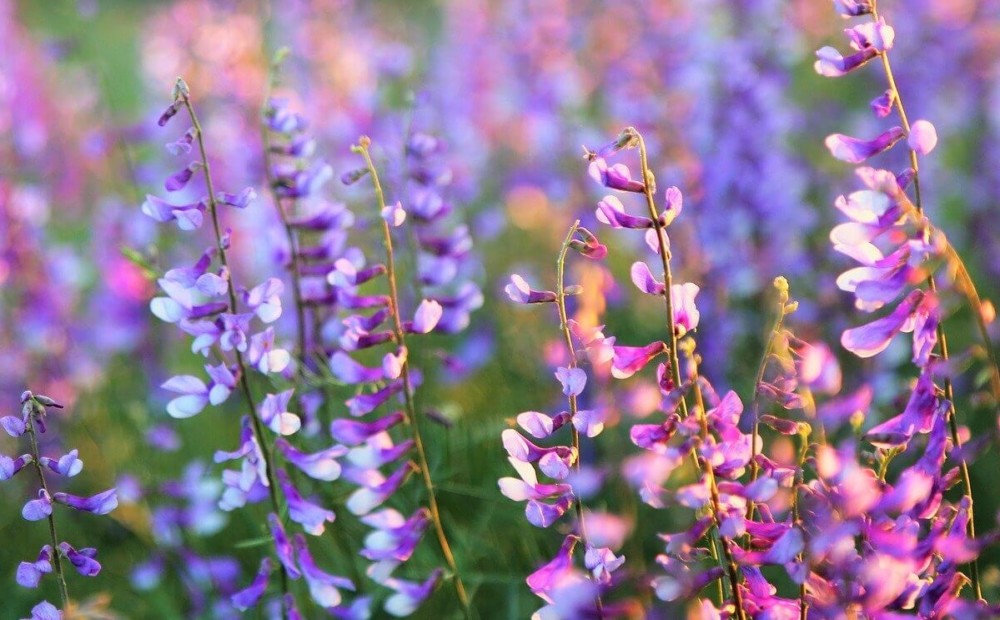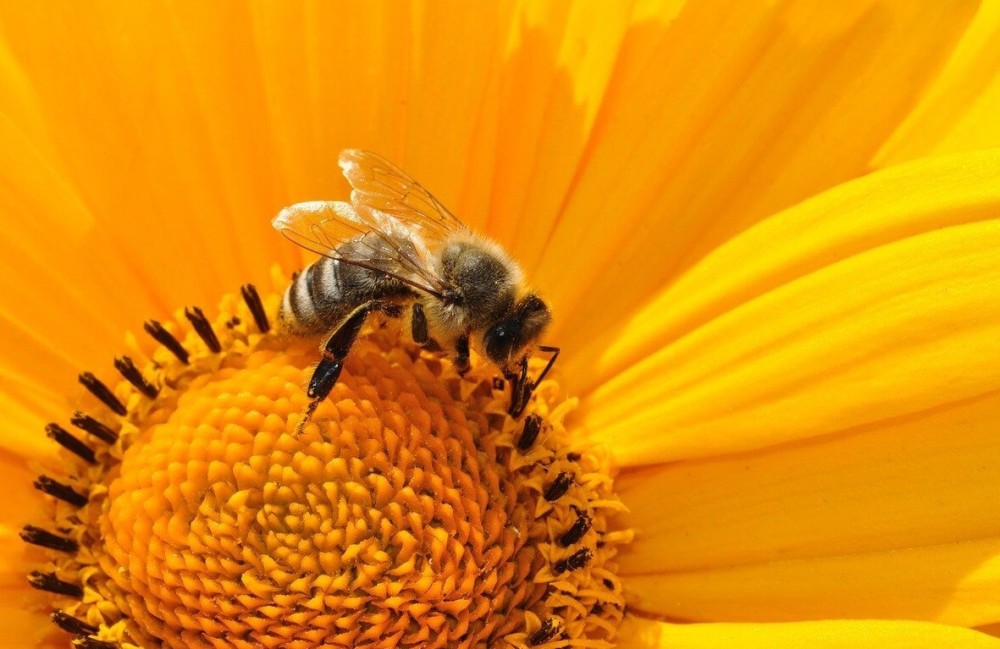Bees are far more important than most people realize. They are much more than the few varieties that sting. Bees are essential to the majority of the world’s food production. Vast amounts of fruits, vegetables, and textiles require pollination to reproduce or produce fruit.
Although a few insects also help to pollinate, and occasionally the wind helps out, bees do most of the work of pollinating.
Did you know?
Without bees, we would lose some of the world’s most diverse and most eaten crops! That’s because as bees travel from flower to flower, they pick up pollen. Pollen is essential for plants to reproduce.
But, the problem is that plants don’t mate! Bees make it possible for many plants to mate by carrying the pollen from flower to flower as they gather nectar and pollen. That pollen falls into other flowers.
The result of flowers reproducing means seeds and fruit. The veggies and fruits that we enjoy, including nuts, are a result of the flower’s reproduction.
Without this essential pollination that’s done by bees, most of our favorite foods would cease to grow.
But,
Bee colonies are declining at an alarming rate. Scientists refer to this as colony collapse disorder (CCD). Colony Collapse Disorder is caused by a variety of things including suburbs that take up natural spaces, pesticides and insecticides, production of one type of food over vast areas, and the loss of natural habitats.
You can make a difference and help to keep the bees in your area healthier by planting flowers, bushes, and trees that bees pollinate. Even a small area can be converted into a bee garden and provide substantial benefits to local bees. Check out this article on how to make a bee garden.
While many flowers will feed and help bees, there are also a lot of plants that produce human food that bees love. Create a partnership with your bees by planting some of these plants and reap the benefits of produce, while also helping local bees.
When you consider what plants to grow, it’s important that you decide between perennials and annuals. It’s also important that you cultivate plants according to your climate or zone.
Annuals are plants that require replanting every year. They die in the winter and even in colder climates won’t usually last more than 2 seasons. Perennials are plants that develop good root systems and will grow back every year without replanting.
Understanding Plant Zones
Plant zones refer to a series of numbers from 1-13 in the United States. Within each zone is an A or B identifier. Zone 5a is colder than Zone 5b. The lower the number, the colder the area gets. The higher the number, the warmer the winters are. Most plants have a range of zones they grow well in.
If you aren’t sure which zone you live in, click on this map to find out!
Fruit and Nut Trees That Depend on Bees
All trees are perennials, which means that with a little care, they can last for many years. Some trees will even grow for decades.
One benefit of many fruit trees is that they bloom early in the year. This provides precious nectar for bees early in the year when other food is scarce. Bees also need pollen for protein.

These fruits and nut trees require bees to produce fruit each year:
| Colder Zones: 3-5 | Moderate Zones: 6-9 | Hotter Zones: 10-13 |
|
|
|
Viney Fruits and Vegetables
Most viny fruits and vegetables are annuals. Some viny fruits such as grapes are perennials even in colder climates. Perennials won’t require replanting each year, but annuals will need to be replanted after the winter season.
Many of the annual fruits and vegetables can be grown in colder climates than shown if they are planted indoors, if you have a greenhouse, or if you cover them with plastic during the spring and fall.

All of these solutions will keep them warm and help them to thrive in cooler environments.
- Cantaloupe: Zones 8-11, I grow them in a zone 5, but plant them indoors first to extend the growing season
- Cucumbers: Zones 4-12
- Grapes: Zones 3-8 Perennial
- Passion Fruit: Zones 9b-11 Perennial
- Rambutan: Zones 10+ Perennial
- Watermelon: Zones 3-11
Bee Friendly Bush Fruits
Bushes are of course perennials. Many kinds of bush fruit are hardy to colder zones and easy to grow. Many other types of flowering bushes are bee-friendly.
- Blackberries: Zones 4-9 depending on the variety
- Blueberries
- Boysenberry: Zones 4-5
- Cranberry: Zones 2-7
- Currants: both black and red Zones 3-8
- Elderberries: Zones 3-9
- Raspberries: Zones 4-8
- Rose Hips: (the seed pods for rose plants): Zones 4-7
Fruit and Vegetables That are Bee Friendly
Many kinds of fruits and vegetables require bees to pollinate and reproduce. If you’ve ever had a hard time growing cabbage, cucumbers, or tomatoes, it could be due to a lack of bees pollinating your plants.
The good news?
By growing a garden or turning a portion of your lawn into edible food spaces, you can help bees and become more sustainable. It doesn’t take much room. Many of these plants can be grown in pots on a deck or porch.
- Adzuki Beans:
- Beets
- Black Eyed Peas
- Bok Choy, Chinese Cabbage
- Broccoli
- Brussel Sprouts
- Buckwheat
- Cabbage
- Carrots
- Cauliflower
- Celery
- Coffee Beans
- Congo Beans
- Egg Plants
- Fennel
- Garlic (let it flower)
- Green Beans
- Goa Bean, or Winged Bean
- Lima Beans
- Kidney Beans
- Okra
- Onions
- Cactus
- Peppers: Chili peppers, red peppers, bell peppers, green peppers, paprika
- Prickly Pear
- Strawberries
- Sword Beans
- Tomatoes
- Turnips
Bee Friendly Plants Critical for Meat Production and Textiles
In addition to human-food, several plants are critical for the production of meat. Plants that animals consume provide the nutrients for beef, poultry, pork, and lamb.

Also, several plants that are necessary for textile production rely wholly on bees. These plants can be grown interspersed in lawn spaces or grown in areas designated as “wild areas” in your yard.
Critical plants for textile production and to feed meat animals include:
- Acerola - Used in Vitamin C Supplements
- Alfalfa
- Clover
- Coriander, also known as Cilantro
- Cotton
- Flax
Edible Flowers That Help Bees
Many types of flowers produce seeds that are used for seasonings. Other flowers, such as safflower and sunflower produce edible nuts eaten whole or given to animals for food.

These useful and edible flowers include:
- Caraway, also known as Meridian Fennel
- Mustard Seed
- Orchid Plants
- Rapeseed
- Safflower
- Sesame
- Sunflower Oil
- Vanilla
Conclusion
Bees are vital to our food supply. Fortunately, you can help with only a little time and effort. Even small potted plants, a small vegetable garden, herb garden, or a couple of fruit trees can provide necessary food and shelter for bees.
Related Articles
You may also find these related bee articles helpful.
Perfect Flowers That Attract Bees; Grow a Bee Garden
Be Bee Friendly: How to Help Bees & Create A Bee Garden

